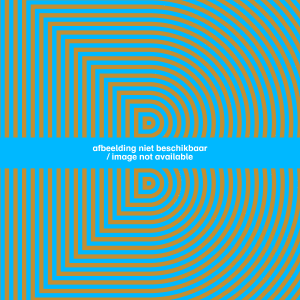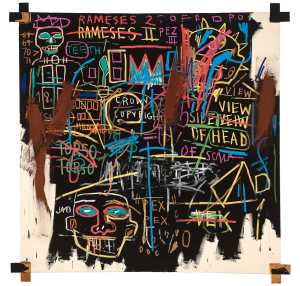Specifications
| Title | Portrait of Arthur Cravan |
|---|---|
| Material and technique | Pencil and watercolour |
| Object type |
Drawing
> Two-dimensional object
> Art object
|
| Location | This object is in storage |
| Dimensions |
Height 325 mm Width 251 mm |
|---|---|
| Artists |
Artist:
Francis Picabia
|
| Accession number | 3401 (MK) |
| Credits | Purchased with the support of Mondriaan Fund, 1996 |
| Department | Modern Art |
| Acquisition date | 1996 |
| Creation date | in 1923 |
| Provenance | Galerie Natalie Seroussi, Paris; Geertjan Visser, Retie 1983-96 |
| Exhibitions | Paris 1976; Paris 1992; Otterlo 1992; Rotterdam 1998a; Leiden 2009-10 |
| Internal exhibitions |
Surrealism and Beyond (2016) |
| External exhibitions |
De Stijl. Het Europese vervolg. Kunst design en architectuur 1917-1931 (2009) Dal nulla al sogno (2018) Picabia pique à Ingres (2022) |
| Research |
Show research A dream collection - Surrealism in Museum Boijmans Van Beuningen |
| Literature | Borràs 1985, cat. no. 334, fig. 455 (as Portrait of Georges Carpentier); Paris 1992, pp. 2, 83; Fox 2001, pp. 66-67; London/Leiden 2009, pp. 253; Scholten 2005, pp. 64-65; Camfield/Calté/Clements 2016, no. 1003, p. 454 |
| Material | |
| Object | |
| Technique |
Water-colour
> Painting technique
> Technique
> Material and technique
|
| Geographical origin | France > Western Europe > Europe |
Do you have corrections or additional information about this work? Please, send us a message
























